Home>diy>Home Improvement>How To Learn DIY Home Renovation


Home Improvement
How To Learn DIY Home Renovation
Modified: January 6, 2024
Learn how to DIY home renovation and improve your home with our comprehensive guide. Whether you're a beginner or experienced, discover valuable tips and tricks for successful home improvement projects.
(Many of the links in this article redirect to a specific reviewed product. Your purchase of these products through affiliate links helps to generate commission for Storables.com, at no extra cost. Learn more)
Introduction
Welcome to the world of DIY home renovation! If you’re a homeowner looking to upgrade your living space, adding your personal touch and increasing your home’s value, then learning the art of DIY home renovation is the way to go. Not only can it save you money, but it also allows you to unleash your creativity and accomplish projects on your own terms.
However, before you dive into the exciting world of home improvement, it’s essential to equip yourself with the right knowledge, tools, and resources. This comprehensive guide will provide you with all the information you need to embark on your DIY home renovation journey with confidence.
Now, you may be wondering, “What exactly is DIY home renovation?” DIY, or “Do It Yourself,” refers to the practice of undertaking home improvement projects without hiring professionals. It empowers homeowners to take control of their living spaces while acquiring new skills and enjoying the rewarding experience of transforming their houses into homes.
Whether you’re a novice or have some experience under your belt, this guide will help you boost your DIY prowess and tackle a variety of home renovation projects. From small upgrades like painting walls and installing shelves to more extensive renovations such as kitchen remodeling or bathroom makeovers, you’ll find valuable insights and step-by-step instructions to guide you through each project.
Before we dive into the nitty-gritty details, it’s important to remember that safety should always be a top priority during any DIY endeavor. We’ll discuss safety precautions throughout this guide, but always consult professional advice or seek assistance if you encounter any concerns or potential hazards.
Whether you’re looking to increase the functionality of a specific room, update your home’s aesthetics, or boost its resale value, DIY home renovation offers a fantastic opportunity to express your creativity, learn new skills, and create a beautiful living space that suits your unique style and needs.
So, grab your tools, don your safety gear, and let’s embark on this exciting DIY home renovation journey together!
Key Takeaways:
- DIY home renovation requires careful planning, adherence to building codes, and prioritizing safety. From tools and permits to decorating, this guide empowers homeowners to create beautiful, functional spaces while avoiding common pitfalls.
- Successfully completing a DIY home renovation project involves patience, clear communication with contractors, and adding personal touches through decorating. Embrace the journey, celebrate achievements, and continue to enhance your living space with newfound skills.
Read more: How To Learn DIY Home Renovation
Tools and Equipment Needed for DIY Home Renovation
Before you embark on your DIY home renovation project, you’ll need to ensure that you have the right tools and equipment at your disposal. The following list includes some of the essential tools you’ll likely need for most home improvement projects:
- Tape Measure: Accurate measurements are crucial for any renovation project, from selecting furniture to cutting materials to fit into specific spaces.
- Hammer: A versatile tool for driving nails, removing old fixtures, and basic woodworking tasks.
- Screwdriver Set: Both flathead and Phillips screwdrivers will come in handy for various tasks, such as assembling furniture or installing light fixtures.
- Power Drill: From drilling holes to driving screws, a power drill is a must-have tool for any DIY home renovation project.
- Saw: Depending on your project scope, you may need a handsaw, circular saw, or miter saw to cut through different materials, such as wood or metal.
- Level: Ensure that everything you install is perfectly straight with a spirit level, whether it’s hanging pictures, shelving, or installing tiles.
- Utility Knife: Ideal for precise cutting of various materials, such as carpet, drywall, or vinyl flooring.
- Pliers: You’ll need pliers for gripping, bending wires, and removing nails or staples.
- Chisel: This tool can be used for removing old paint, cleaning out joints, or shaping wood.
- Safety Gear: Don’t forget to prioritize your safety! Invest in items such as safety glasses, gloves, dust masks, and ear protection to safeguard yourself during the renovation process.
These are just a few of the basic tools you’ll need, and depending on the specific projects you undertake, there may be additional tools and equipment required. It’s always a good idea to research each project beforehand to ensure you have all the necessary tools.
In addition to tools, you may also require various materials and supplies, such as paint, brushes, rollers, sandpaper, screws, nails, adhesives, and more. It’s best to carefully plan your renovation project and make a comprehensive list of all the materials you’ll need to complete each task.
If you don’t already own all the necessary tools, consider borrowing from friends or family, renting from a local hardware store, or gradually building your collection as you go. Quality tools can be a worthwhile investment as they often last longer and perform better than cheaper alternatives.
Remember, always prioritize safety when using any tools or equipment. Familiarize yourself with proper handling and usage techniques, and if you’re uncertain about a particular task, don’t hesitate to seek professional advice or assistance.
Now that you’re equipped with the essential tools and safety gear, it’s time to move on to the planning and budgeting phase of your DIY home renovation project.
Planning and Budgeting for Your Home Renovation Project
Proper planning and budgeting are essential steps in any successful home renovation project. Before you dive into the physical work, take the time to carefully plan out your project to ensure a smooth process and satisfactory results. Here are some key considerations:
- Define Your Renovation Goals: Start by identifying the specific goals you want to achieve with your home renovation. Consider the areas of your home that need improvement, whether it’s updating the kitchen, revamping the bathroom, or creating a more open living space.
- Set a Realistic Budget: Determine how much you’re willing to invest in your renovation project. Research the costs of materials, permits, and potential labor if you plan on hiring contractors. It’s important to set a realistic budget to avoid overspending or running out of funds midway through the project.
- Prioritize Your Projects: If you have multiple renovation ideas, prioritize them based on urgency, importance, and budget constraints. This will help you allocate your resources effectively and ensure that the most crucial tasks get completed first.
- Research and Gather Inspiration: Explore different design styles and gather inspiration from magazines, websites, and social media platforms. Create a vision board or scrapbook to help visualize your desired outcomes and guide your decision-making process.
- Create a Project Timeline: Break down your renovation project into smaller tasks and set realistic timelines for each. This will help you stay organized, monitor progress, and ensure that you’re on track to meet your deadlines.
- Consider DIY vs. Hiring Professionals: Assess your skills, availability, and comfort level with various renovation tasks. Decide which aspects of the project you’re confident in tackling yourself and where it may be wise to enlist the help of professionals. Keep in mind that some tasks, like electrical or plumbing work, may require licensed contractors due to safety regulations.
- Obtain Necessary Permits: Depending on the scope of your renovation, you may need to obtain building permits from your local municipality. Research the requirements and ensure that you comply with all regulations to avoid any legal issues down the line.
Once you’ve completed the planning phase, you’ll have a clear roadmap of your renovation project, including the budget, timeline, and tasks involved. Remember to allow some flexibility in your plans, as unexpected issues or delays can arise during the renovation process. It’s always better to be prepared for the unexpected.
Additionally, consider keeping a contingency fund for any unforeseen expenses that may pop up. This will help you avoid financial stress if you encounter unexpected challenges or if you decide to make changes to your original plan along the way.
Planning and budgeting play a crucial role in the success of any DIY home renovation project. By taking the time to carefully plan and allocate your resources, you’ll be well-prepared to tackle your renovation with confidence and achieve the desired results.
Next, we’ll discuss the importance of understanding building codes and permits before you embark on your DIY home renovation journey.
Understanding Building Codes and Permits
When undertaking a DIY home renovation project, it’s crucial to have a good understanding of the building codes and permits that apply to your area. Building codes are regulations put in place by local government authorities to ensure the safety, structural integrity, and compliance of residential and commercial buildings. Permits, on the other hand, are official documents that grant legal permission to carry out specific construction or renovation activities.
Here are some key points to consider when it comes to understanding building codes and permits:
- Research Local Building Codes: Building codes can vary from one region to another, so it’s important to familiarize yourself with the specific codes that apply to your location. These codes cover various aspects of construction and renovation, including electrical systems, plumbing, structural integrity, fire safety, and accessibility.
- Consult with Local Authorities: Reach out to your local building department or municipal authorities to gather information regarding the building codes and permit requirements for your renovation project. They can provide guidance on the specific regulations and processes you need to follow.
- Identify Which Projects Require Permits: Not all renovation projects require permits, but it’s essential to determine which ones do. Some common projects that typically require permits include structural changes, electrical and plumbing work, extensive remodeling, additions, and certain installations such as fireplaces or swimming pools.
- Submit the Necessary Permit Applications: Once you have a clear understanding of which permits you need for your project, follow the application process outlined by your local building department. This usually involves completing an application form, providing detailed project plans or drawings, and paying the applicable fees.
- Wait for Permit Approval: After submitting your permit application, you’ll need to wait for approval before proceeding with the construction or renovation work. The approval process may involve a review of your plans by building officials to ensure compliance with the building codes in place.
- Adhere to Building Codes Throughout the Project: Even if your project doesn’t require a permit, it’s crucial to follow the relevant building codes. This will help ensure the safety, durability, and compliance of your renovation. Failure to meet building code requirements can result in fines, safety hazards, or future complications when selling your home.
Understanding and complying with building codes and permits are essential for the success and legality of your DIY home renovation project. By researching the specific regulations, consulting with local authorities, and obtaining the necessary permits, you can ensure that your renovations are carried out in a safe and compliant manner.
Remember, building codes are in place for a reason – to protect the occupants of a building, maintain structural integrity, and prevent potential hazards. Taking the time to understand and adhere to these codes will not only provide peace of mind but also enhance the value and marketability of your home.
Next, we’ll explore important safety precautions and tips to keep in mind during your DIY home renovation.
Safety Precautions and Tips for DIY Home Renovation
When it comes to DIY home renovation, safety should always be a top priority. Working with tools, machinery, and construction materials can pose various risks if not approached with caution. By following these essential safety precautions and tips, you can minimize the chances of accidents and ensure a safe working environment:
- Wear Appropriate Safety Gear: Always wear the necessary safety gear, including safety glasses, gloves, a dust mask, and ear protection. Additionally, wear appropriate footwear with non-slip soles to prevent slips and falls.
- Use Tools and Equipment Safely: Familiarize yourself with the proper usage and handling techniques for each tool you’ll be using. Ensure that you’re using tools correctly and that they are in good working condition to avoid accidents.
- Keep Work Areas Clean and Organized: Cluttered workspaces can increase the risk of accidents. Regularly clean up debris and tools, and keep walkways clear to prevent tripping hazards.
- Follow Electrical Safety Precautions: If you’re working with electrical tools or conducting electrical work, always turn off the power at the breaker before starting any tasks. Use grounded outlets and extension cords, and avoid overloading circuits.
- Be Cautious with Ladders and Scaffolding: When working at heights, ensure that ladders and scaffolding are stable and secure. Follow the manufacturer’s instructions and never stand on the top rung or exceed the weight limit.
- Take Precautions When Working with Hazardous Materials: If you’re working with hazardous materials such as asbestos or lead-based paint, take the necessary precautions to protect yourself. Identify and dispose of materials safely according to local regulations.
- Seek Professional Help When Necessary: Some tasks, like electrical or plumbing work, may require professional assistance due to safety regulations. Don’t hesitate to hire licensed contractors when needed to ensure tasks are performed correctly and safely.
- Work in a Well-Ventilated Area: When using paints, adhesives, solvents, or other chemicals, ensure that you have proper ventilation in the work area. Open windows or use fans to reduce the risk of inhaling toxic fumes.
- Take Breaks and Stay Hydrated: DIY home renovation can be physically demanding. Take regular breaks, drink plenty of water, and listen to your body to avoid fatigue and strain injuries.
- Know When to Ask for Help: If you encounter a task that exceeds your skill level or poses a significant risk, it’s essential to seek professional help. Don’t be afraid to ask for assistance or advice.
While these safety precautions are essential, it’s important to note that this list is not exhaustive. Each renovation project may come with its unique set of risks and safety considerations. Always assess the specific hazards related to your project and take appropriate measures to mitigate them.
Remember, safety should never be compromised for the sake of expediency or cost savings. By prioritizing safety throughout your DIY home renovation project, you can create a secure environment and enjoy the process of transforming your home.
Next, let’s dive into the step-by-step guide to DIY home renovation, so you can tackle your projects with confidence.
Before starting a DIY home renovation, take the time to research and educate yourself on the specific project. Watch tutorials, read articles, and gather all necessary tools and materials before beginning.
Read more: How To Learn Woodworking
Step-by-Step Guide to DIY Home Renovation
Embarking on a DIY home renovation project can be both exciting and challenging. With proper planning and execution, you can achieve impressive results while adding value to your home. Here’s a step-by-step guide to help you navigate through the renovation process:
- Define Your Renovation Goals: Begin by clearly defining what you want to achieve with your home renovation. Identify the specific areas or rooms you wish to upgrade and the desired outcome of each project.
- Set a Realistic Budget: Determine your budget based on the scope and complexity of your projects. Allocate funds for materials, permits, and any professional assistance you may need.
- Gather Inspiration: Research and gather inspiration from magazines, websites, and home improvement platforms. Create a vision board or scrapbook to help you visualize your desired style and outcomes.
- Create a Detailed Plan: Break down your renovation project into smaller tasks and create a timeline. Consider the order in which tasks should be completed and any dependencies between them.
- Obtain Necessary Permits: Determine if your renovation requires any permits and apply for them before starting any construction. This ensures that your project is compliant with local building codes.
- Prepare the Work Area: Clear out the space and protect furniture or belongings that may be affected by the renovation. Cover floors and surfaces with drop cloths or plastic sheets to minimize dust and damage.
- Start with Demolition: If necessary, begin by removing existing fixtures, cabinets, or surfaces. Use proper tools and safety equipment to ensure safe and efficient demolition.
- Tackle Structural Changes: If you plan to make structural changes, such as knocking down walls or installing new windows, hire professionals or consult with structural engineers to ensure stability and safety.
- Address Plumbing and Electrical: If your renovation involves plumbing or electrical work, hire licensed professionals to take care of these tasks. Safety is paramount when dealing with these systems.
- Install and Finish: Proceed with installing new fixtures, cabinets, flooring, and other elements. Follow manufacturer instructions and ensure proper measurements, leveling, and anchoring.
- Paint and Decorate: Once the major installations are complete, paint the walls, add decorative finishes, and incorporate your personal style through furnishings, accessories, and artwork.
- Clean Up and Inspect: Thoroughly clean the renovation area, ensuring all debris and construction waste are properly disposed of. Conduct a final inspection to ensure everything meets your standards.
- Enjoy Your Newly Renovated Space: Step back, take a deep breath, and enjoy the fruits of your labor. You’ve successfully completed your DIY home renovation project and transformed your living space!
Remember, patience, attention to detail, and a willingness to learn are key throughout the entire renovation process. Don’t be afraid to seek professional help for complex tasks or consult online resources and tutorials for guidance along the way.
Lastly, take pride in your accomplishments and enjoy the results of your hard work. Your DIY home renovation has not only improved your living space but has also provided you with valuable skills and a sense of fulfillment.
Next, we’ll explore common DIY home renovation mistakes to avoid, ensuring a smoother and more successful project.
Common DIY Home Renovation Mistakes to Avoid
Embarking on a DIY home renovation project is an exciting opportunity to improve your living space and showcase your skills. However, it’s important to be mindful of common mistakes that can hinder your progress and lead to costly errors. Here are some common DIY home renovation mistakes to avoid:
- Insufficient Planning: Rushing into a renovation without proper planning can lead to delays, oversights, and increased costs. Take the time to create a detailed plan, including a timeline, budget, and a list of required materials.
- Underestimating the Budget: Failing to accurately account for all the expenses involved in your renovation can result in running out of funds before the project is completed. Be realistic when setting your budget and allow for unexpected costs.
- Skipping Permits and Building Codes: Neglecting to obtain the necessary permits or ignoring local building codes can result in fines, legal issues, or even having to undo completed work. Research and comply with all regulations to ensure a smooth and legal renovation.
- Overlooking Safety Precautions: Safety should always be a priority during any renovation project. Failing to use proper safety gear, ignoring hazardous materials, or not following safe practices can lead to injuries or accidents. Protect yourself and others by taking the necessary precautions.
- Starting Without Sufficient Knowledge: Undertaking tasks without the necessary knowledge and skills can lead to subpar results and potential damage. Take the time to research and learn proper techniques or consider seeking professional help for complex tasks.
- Overcomplicating the Design: While it’s tempting to incorporate elaborate design elements, be mindful of the limitations of your skill level and budget. Overcomplicating a design can lead to frustration, delays, and unnecessary expenses.
- Ignoring Quality Materials: Opting for cheap or low-quality materials may seem cost-effective initially, but they can result in additional expenses in the long run. Invest in quality materials that will withstand wear and tear and provide longevity.
- Not Allowing for Sufficient Time: Renovations often take longer than expected, especially for larger or more involved projects. Avoid rushing the process and allow for sufficient time to complete each task properly.
- Not Seeking Professional Help when Needed: While DIY projects can be fulfilling, there are instances where professional assistance is necessary. Plumbing, electrical work, or major structural changes are best left to licensed professionals to ensure safety and compliance.
- Ignoring Regular Maintenance: After completing a renovation, it’s important to establish a regular maintenance routine to keep your updated space in optimal condition. Neglecting maintenance can lead to costly repairs down the line.
By being aware of these common mistakes and actively avoiding them, you can set yourself up for a smoother and more successful DIY home renovation. Taking the time to plan, prioritize safety, educate yourself, and seek professional help when needed will contribute to the overall success of your project.
Now that you’re aware of potential pitfalls to avoid, let’s move on to discussing tips for hiring and working with contractors, as there may be instances where professional expertise is required.
Tips for Hiring and Working with Contractors
While DIY home renovation projects can be incredibly rewarding, there are times when hiring a contractor is necessary. Whether it’s for specialized tasks, complex projects, or simply to save time and effort, working with contractors requires careful consideration and effective communication. Here are some essential tips for hiring and working with contractors:
- Do Your Research: Take the time to research and gather multiple contractor recommendations. Ask for referrals from friends, family, or reputable online sources. Read reviews and check their portfolios to ensure they have the necessary experience and expertise.
- Interview and Obtain Quotes: Once you’ve narrowed down your list, schedule interviews with potential contractors. Discuss your project in detail, ask about their past projects, and obtain written quotes outlining the scope of work and estimated costs. Compare the quotes and consider the value they offer.
- Check Licenses and Insurance: Ensure that the contractors you’re considering are properly licensed and insured. Request proof of licenses and insurance coverage to protect yourself from liability in case of accidents or damages during the project.
- Request References: Ask contractors for references from previous clients and follow up with them. Inquire about the quality of work, timeliness, communication, and overall satisfaction with the contractor’s services.
- Communicate Clearly: From the initial consultation to the completion of the project, maintain clear and open communication with your contractor. Clearly express your expectations, concerns, and any specific details related to the project. Regularly touch base to ensure everyone is on the same page.
- Get a Written Contract: Before the project begins, ensure that you have a detailed written contract in place. It should include project specifications, timelines, payment terms, and all agreed-upon terms and conditions. Review the contract thoroughly and ask for clarification on any unclear points.
- Monitor Progress and Quality: Regularly inspect the work being done and ensure it meets your expectations and the agreed-upon standards. Address any concerns promptly with the contractor to avoid complications later in the project.
- Make Timely Payments: Adhere to the payment schedule outlined in the contract. Making timely payments as agreed upon helps maintain a positive working relationship with the contractor.
- Keep a Record of Documentation: Keep organized records of all documents related to the project, including receipts, contracts, permits, change orders, and correspondence. This will come in handy for future reference or if any issues arise.
- Provide Feedback and Reviews: Once the project is complete, provide honest feedback and reviews for the contractor. This helps other homeowners make informed decisions and recognizes the contractor’s work.
Remember, clear communication, mutual respect, and a well-defined contract are key to a successful contractor-client relationship. By following these tips and maintaining effective collaboration with your contractor, you can ensure a smooth and satisfactory renovation experience.
Now that you’re equipped with tips for hiring and working with contractors, let’s discuss adding the finishing touches to your newly renovated home.
Decorating and Finishing Touches for Your Renovated Home
After completing a DIY home renovation project, it’s time to add the finishing touches and bring your newly transformed space to life. Decorating plays a crucial role in creating a warm and inviting atmosphere while showcasing your personal style. Here are some tips to help you with the decorating process:
- Define Your Style: Determine the overall style or theme you want to achieve in your renovated space. Consider your personal preferences, the functionality of the room, and the existing architectural elements. Whether you prefer traditional, contemporary, minimalist, or eclectic aesthetics, choose a style that resonates with you.
- Color Scheme: Select a color palette that complements the overall design scheme and creates visual harmony. Consider the mood you want to convey in each room and choose colors accordingly. Lighter colors can make a space appear larger and brighter, while darker colors add depth and coziness.
- Furniture and Layout: Determine the appropriate furniture pieces and layout for each room. Furniture should be both functional and aesthetically pleasing. Take measurements to ensure that pieces fit properly. Arrange furniture in a way that promotes a good flow and maximizes the use of space.
- Lighting: Lighting plays a crucial role in setting the ambiance and highlighting key areas in your renovated space. Incorporate a mix of ambient, task, and accent lighting to create a layered and well-balanced lighting design. Consider adding dimmer switches to adjust the lighting levels as needed.
- Window Treatments: Install appropriate window treatments that enhance privacy and control natural light. Consider curtains, blinds, or shades based on your style and the functionality required in each room. Select fabrics, patterns, and colors that complement the overall design aesthetic.
- Accessorize: Add personality and charm to your renovated space through carefully selected accessories. Display artwork, photographs, and decorative items that reflect your personal taste and experiences. Incorporate items such as rugs, pillows, and throws to add texture and warmth to the room.
- Greenery and Natural Elements: Bring life and freshness to your renovated space with indoor plants and natural elements. Plants not only purify the air but also add a vibrant touch to any room. Consider incorporating natural materials like wood, stone, or woven textures for a more organic and inviting feel.
- Final Touches: Pay attention to the details to complete the overall look and feel of your renovated home. Install appropriate hardware, switch plates, and outlet covers that complement your design style. Ensure that everything is clean, organized, and functional.
- Stay True to Yourself: Ultimately, the most important aspect of decorating your renovated home is to stay true to your own style and preferences. Create a space that reflects your personality and provides a sense of comfort and joy for you and your family.
Remember, decorating is an ongoing process. Take your time, experiment, and don’t be afraid to make changes or try new things. Your home should evolve and grow with your personal journey.
By following these tips and infusing your creativity and personal touch, you’ll be able to create a beautifully decorated space that perfectly complements your DIY home renovation project. Enjoy the fruits of your hard work and make lasting memories in your newly transformed home!
Now that you’ve completed your DIY home renovation project and added the finishing touches, take a moment to appreciate your accomplishment and enjoy the transformation you’ve achieved. Your hard work and dedication have turned your house into a true home.
If you’re ready to start your next DIY project or need further advice, feel free to come back to our guide to assist you along the way!
Read more: How To Repair Doors
Conclusion
Congratulations on completing your DIY home renovation journey! By following this comprehensive guide, you’ve gained valuable knowledge and skills to successfully tackle various projects and transform your living space. Whether you’ve upgraded a single room or embarked on a full renovation, the sense of accomplishment and satisfaction you feel is well-deserved.
Throughout this guide, we’ve explored the importance of proper planning, budgeting, and understanding building codes and permits. We’ve also covered essential safety precautions, a step-by-step renovation process, tips for working with contractors, and the art of decorating and adding finishing touches to your newly renovated home. By avoiding common mistakes, staying organized, and infusing your personal style, you’ve created a space that truly reflects your vision and meets your needs.
Remember, a successful DIY home renovation project requires creativity, patience, and ongoing learning. Embrace the journey, celebrate your achievements, and don’t be afraid to dream big for future renovations. The knowledge and skills you’ve acquired will continue to empower you in enhancing and maintaining your home.
Lastly, the process of DIY home renovation is not just about the final outcome but also about the journey itself. Embrace the challenges, learn from your experiences, and take pride in the skills you’ve developed along the way. With each project, you’ll become more confident and capable to tackle even more ambitious renovations.
Thank you for joining us on this DIY home renovation adventure. We hope that this guide has provided you with the inspiration, knowledge, and confidence to embark on your own successful projects. Now, go out there and continue to transform your living space into a place that truly embodies your unique style and enhances your quality of life.
Happy renovating!
Frequently Asked Questions about How To Learn DIY Home Renovation
Was this page helpful?
At Storables.com, we guarantee accurate and reliable information. Our content, validated by Expert Board Contributors, is crafted following stringent Editorial Policies. We're committed to providing you with well-researched, expert-backed insights for all your informational needs.

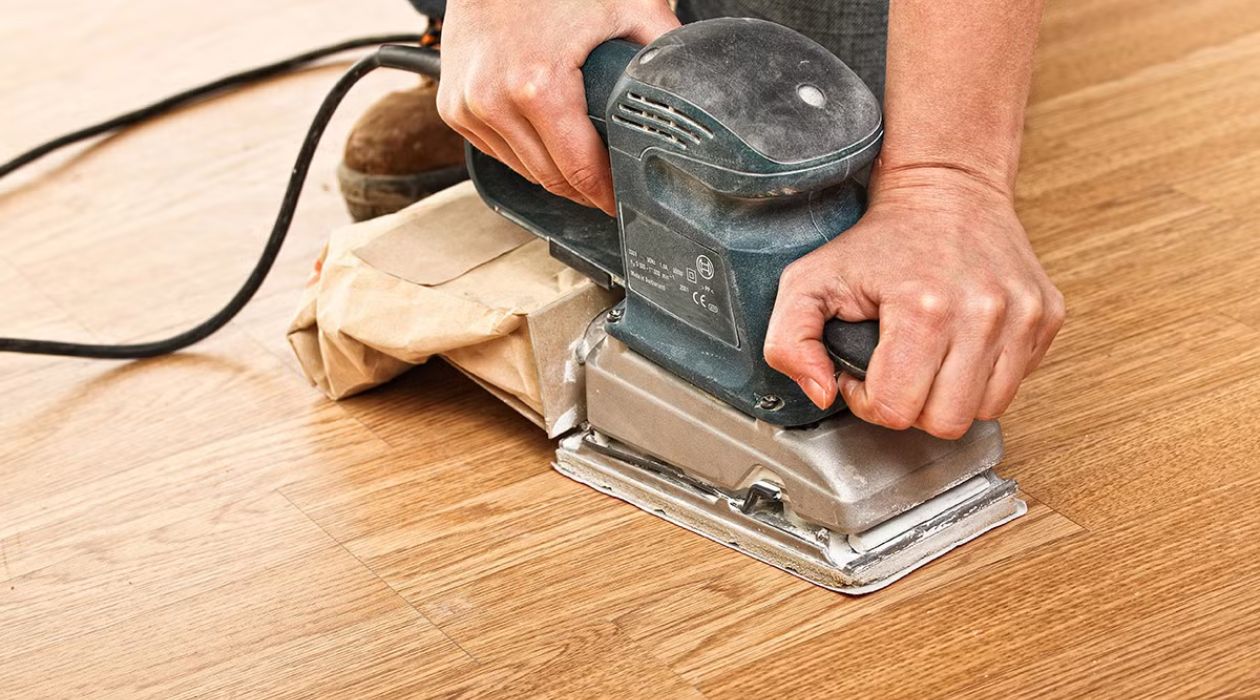
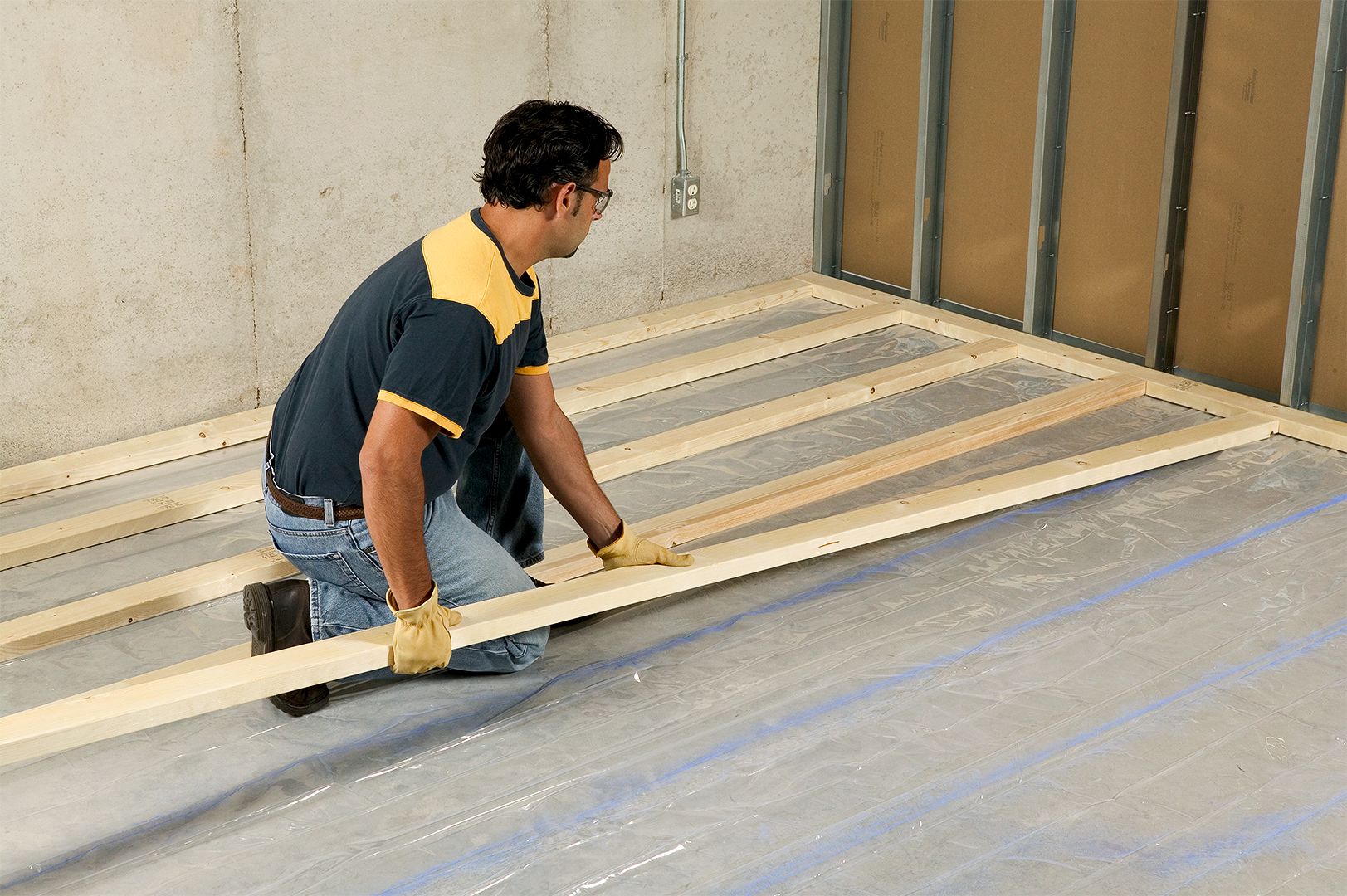
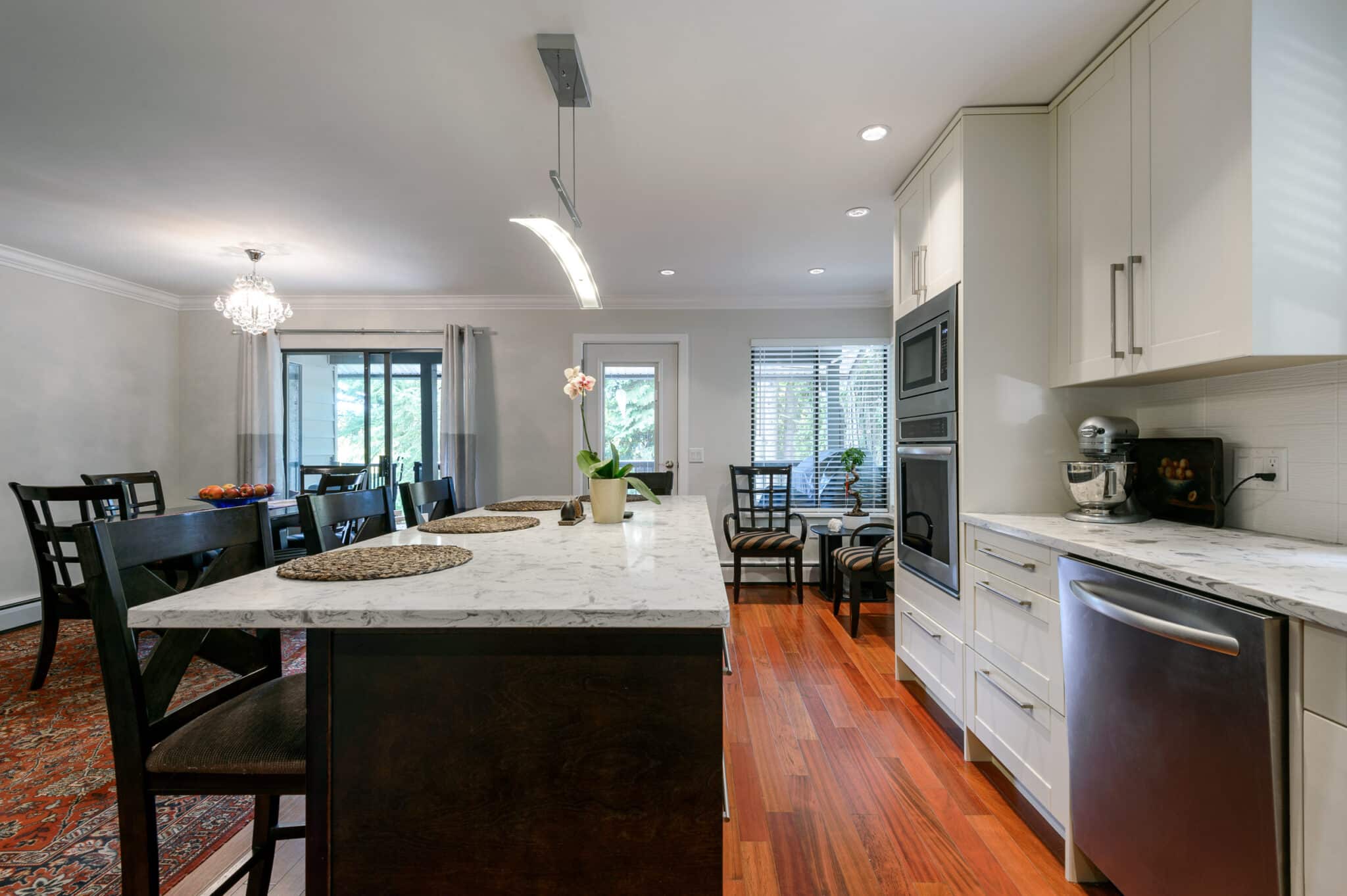
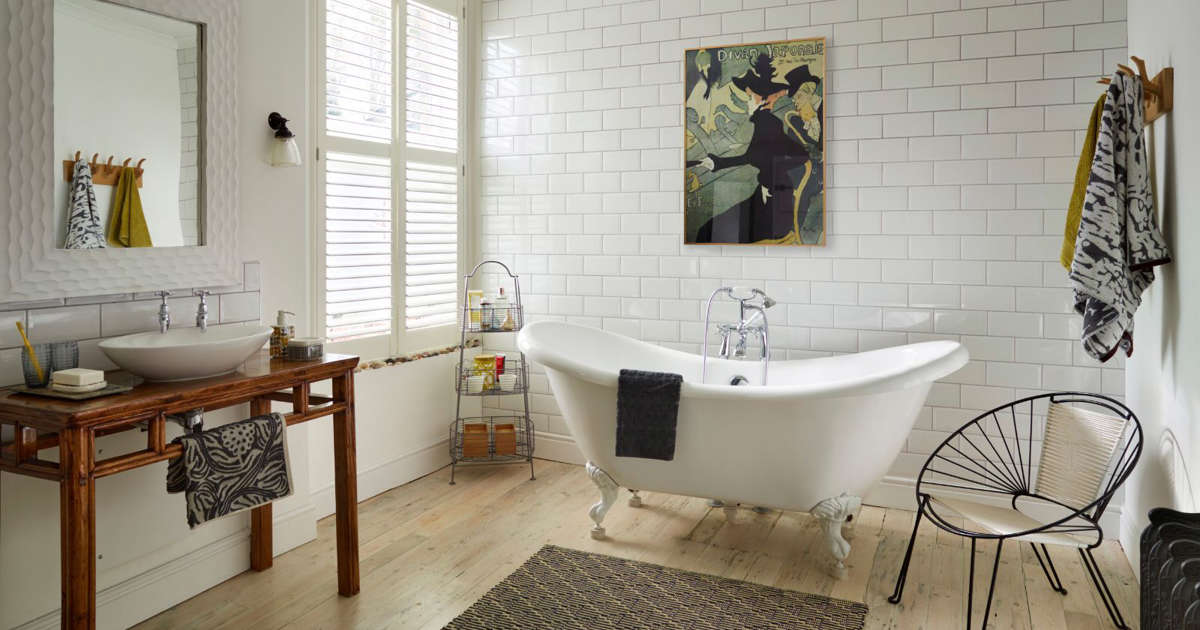

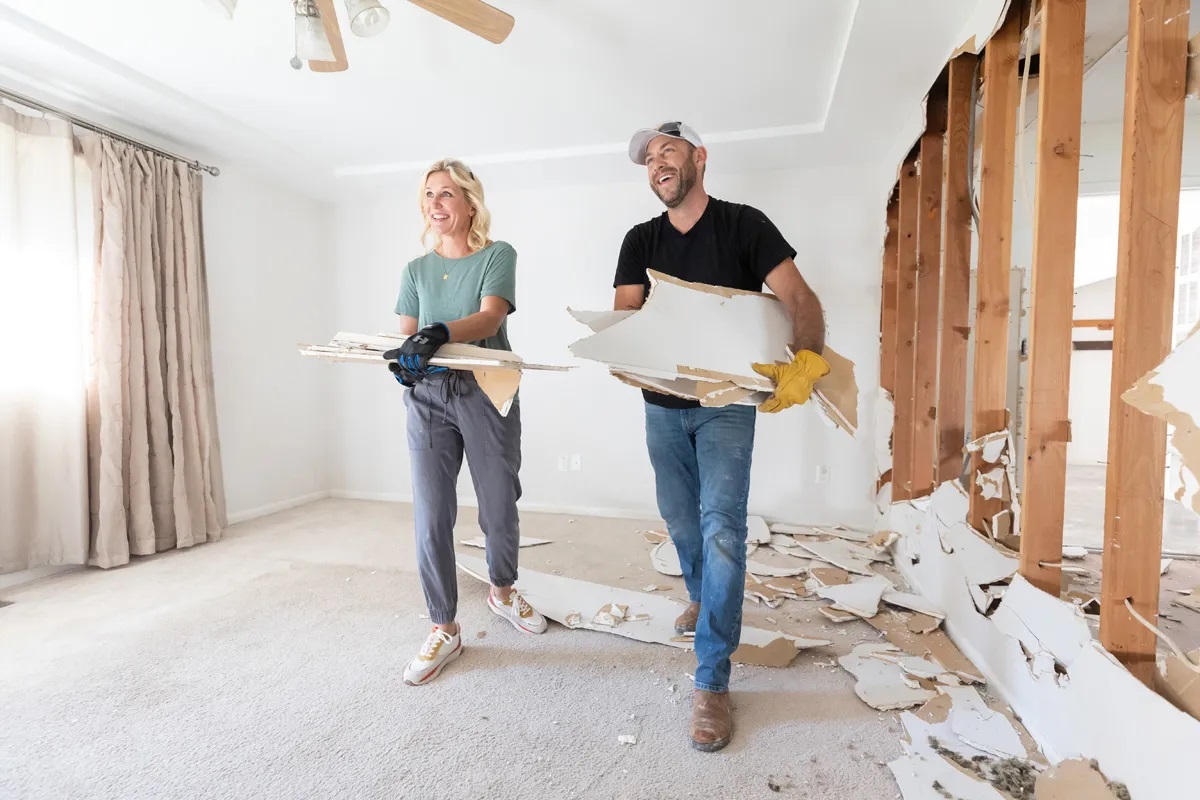
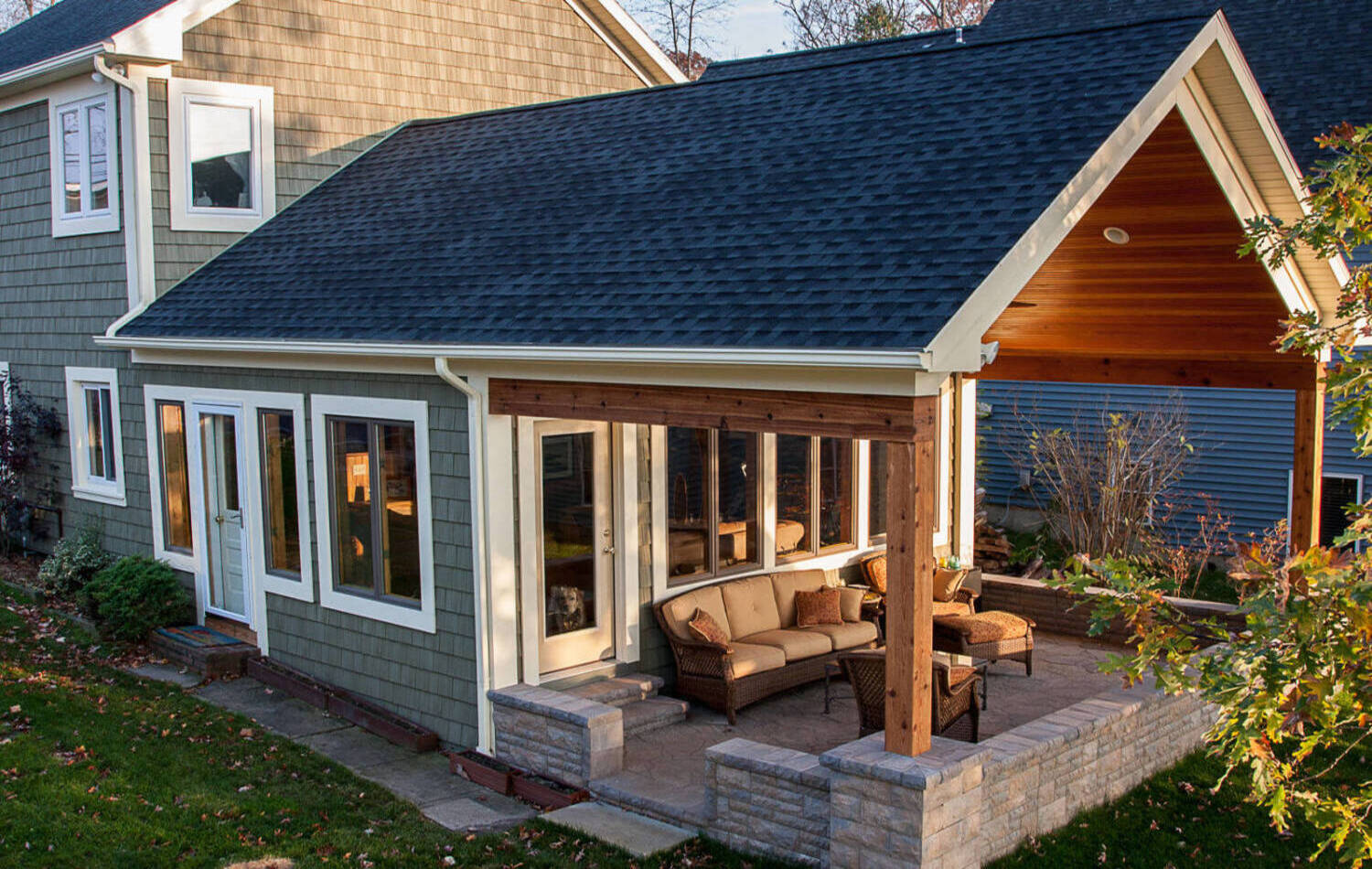
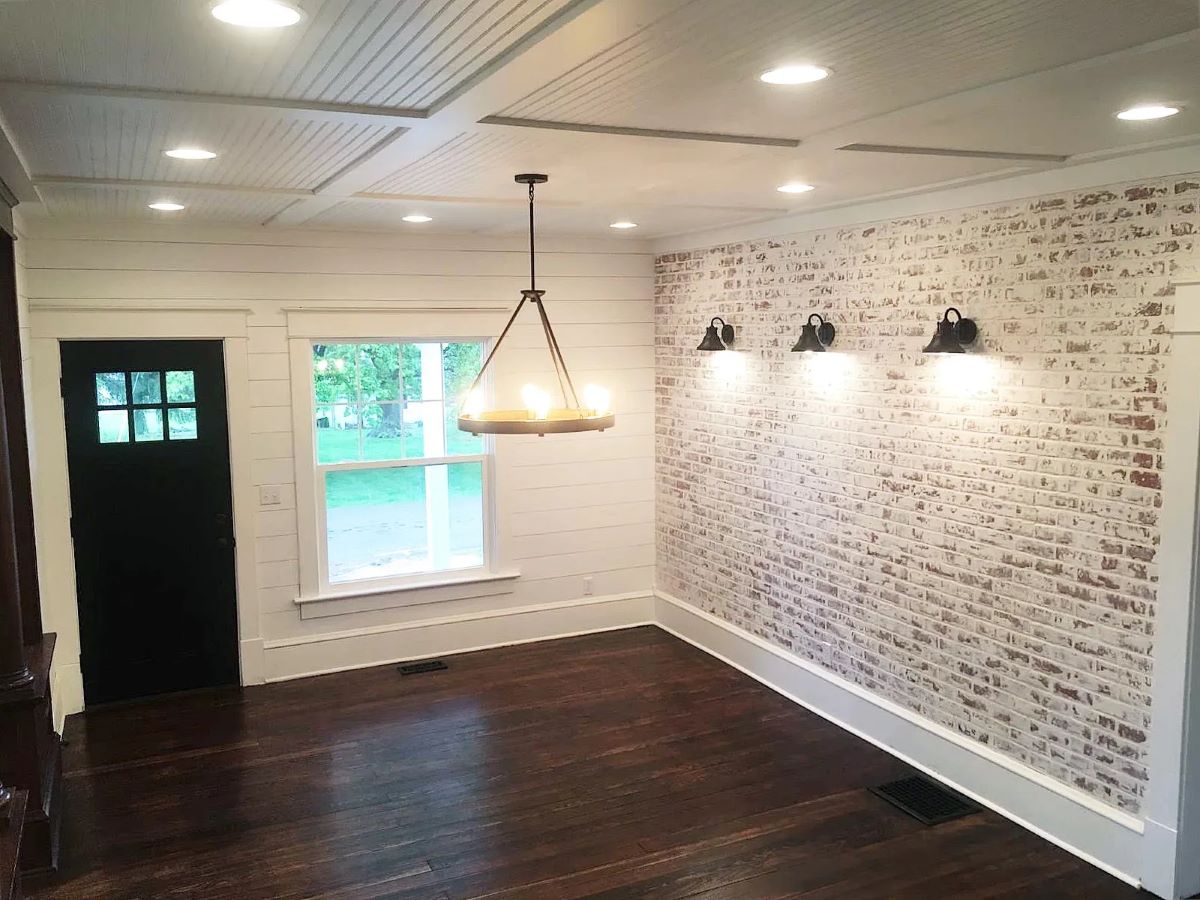

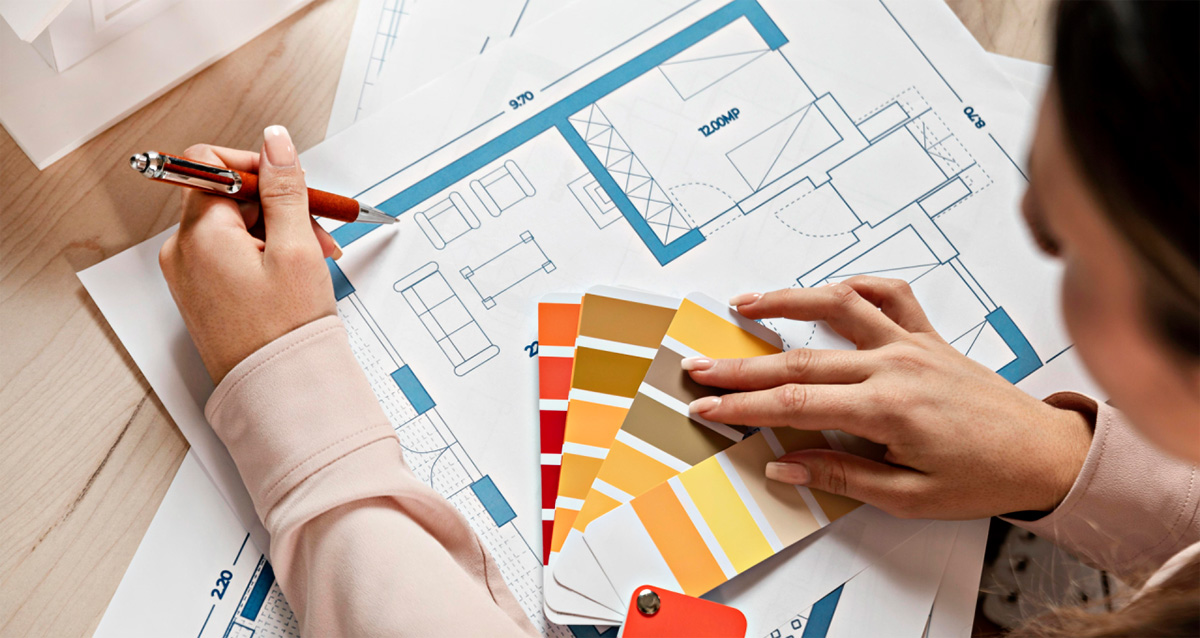
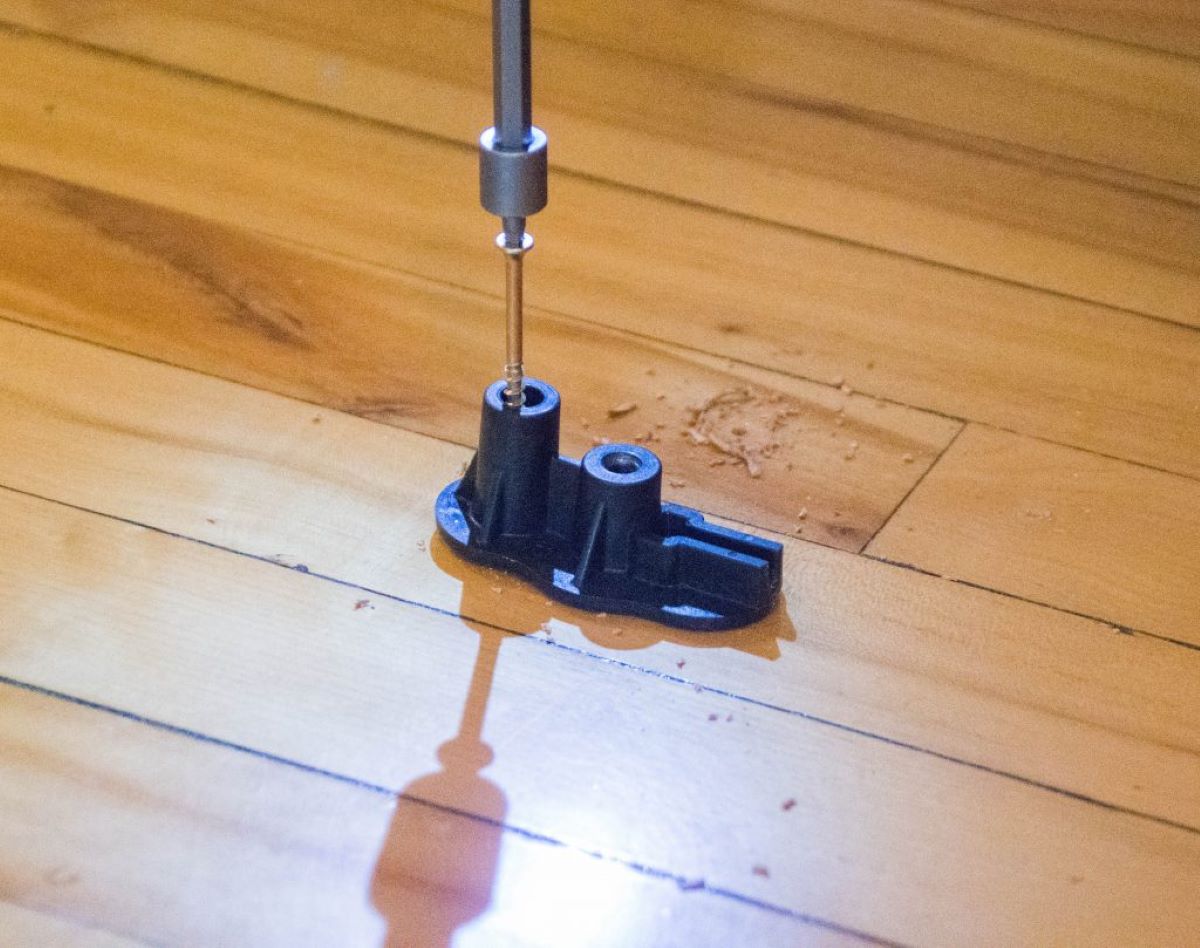
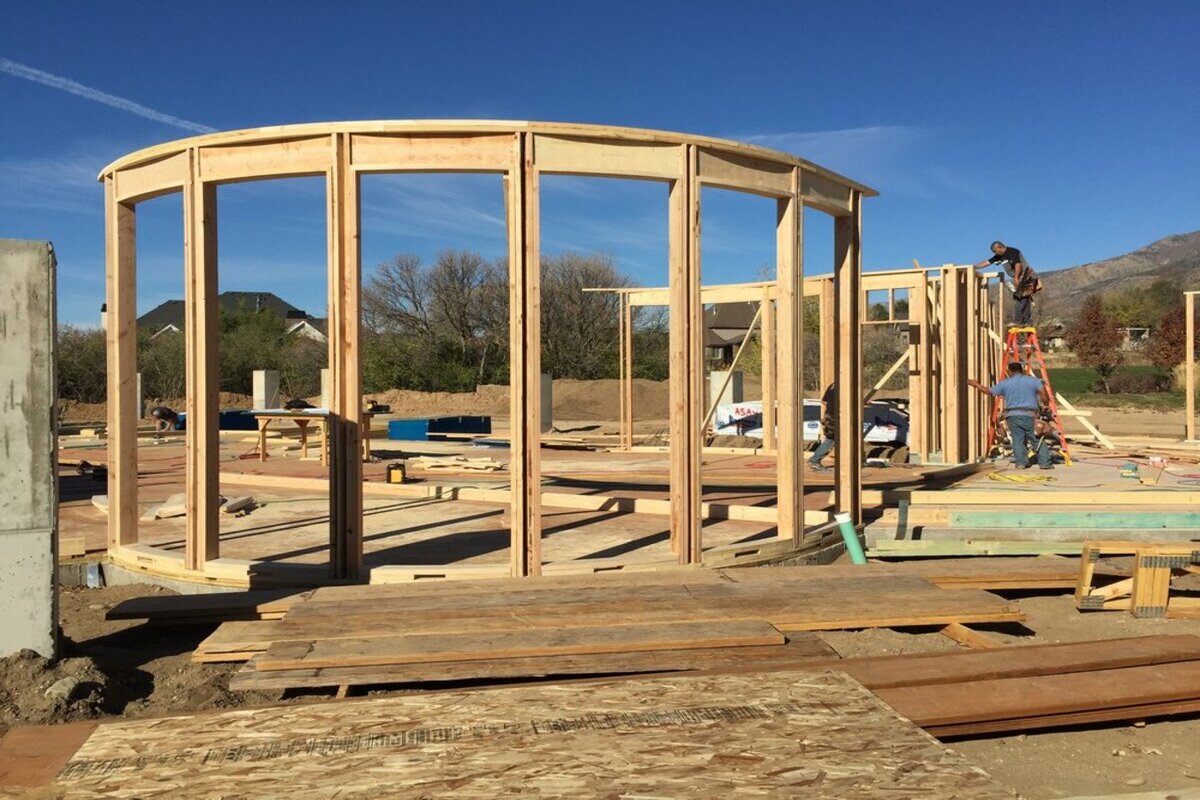

0 thoughts on “How To Learn DIY Home Renovation”